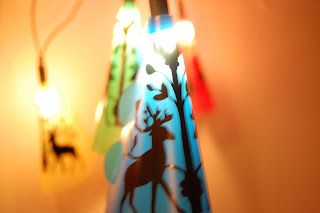
Sewing can be a fun and enjoyable activity, however the need to unpick stitches, is not. Although not always aesthetically palatable or pleasurable to use, a seam unpicker is an essential item in any sewing kit. The majority seam unpickers on the market are comprised of flimsy plastic without the ability to gain a sturdy, comfortable grip; not to mention hideously plain. Why not turn a grisly task into a peachy experience?
The base of my idea originates from the frustration of having to unpick stitches with the standard feeble tools available. This redesigned seam unpicker makes the job more bearable with its sturdy yet lightweight frame. Not only does this seam unpicker have an ergonomic shape for a comfortable grip for either left or right-handed users, but also it has the added feature of a needle threader at its base. This dual function tool eliminates the need to have both a seam ripper and needle threader in one sewing kit, freeing up space for other items. The design of the exterior is whimsical and cute with its playful yellow and black striped pattern resembling a honeybee.
Ideally, this product would be made of plastic for its lightweight properties. The product would not only be available in a range of patterns, i.e. ladybird print, butterfly pattern, etc. but it could be made in a broad range of plain colours to appeal to a wider market. For this particular design, the product is aimed at 35 - 50 year old housewives that enjoy making cute crafts and sewing projects.
Overall, this delightful product enhances the user's experience because it's simple to use, has a dual function, and is a fresh change of pace from the standard devices available.
Mood board:

Original concept:

Technical drawing:


















